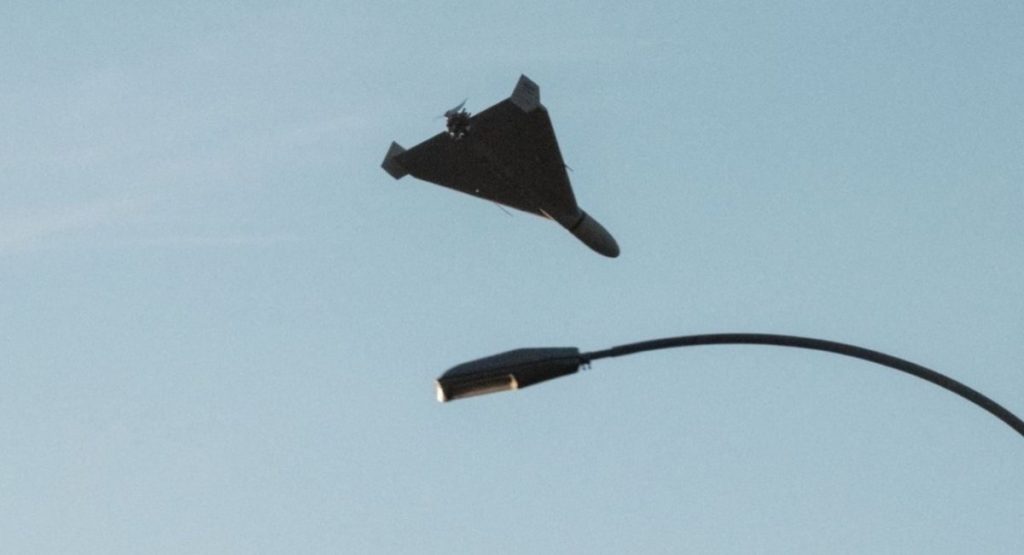Ukraine develops Sting interceptor drone to combat Russian-Iranian Shahed threat
The "Wild Hornets" group in Ukraine has launched the Sting interceptor drone, a groundbreaking solution against the persistent threat of Shahed drones. Capable of reaching speeds over 160 km/h and operating at altitudes of 3 km, Sting offers an economical option to conserve vital surface-to-air missiles during combat operations.


Ukraine has developed the Sting interceptor drone to combat the Russian-Iranian “Shahed” drones, The Telegraph has reported.
The publication states that the project is being led by a Ukrainian group called “Wild Hornets.” Sting is intended to serve as a cheaper alternative to surface-to-air missiles, which are sometimes used to intercept the “Shaheds.”
The interceptor is controlled by an operator, similar to classic FPV drones. The Telegraph has also claimed that this drone can fly at speeds exceeding 160 km/h and reach altitudes of around 3 km.
Sting features a classic quadcopter design with a large dome protruding from its center, where the warhead and camera are mounted. It will be piloted from the ground using VR goggles, allowing the operator to see precisely where it is flying.
it will include an artificial intelligence-based targeting system that will enable the pilot to lock onto enemy targets. According to a representative from “Wild Hornets,” the average cost of the Sting interceptor drone is tens of times lower than that of the Shahed drone, allowing for savings on scarce surface-to-air missiles.
Currently, modified FPV drones are already being used in Ukraine against Russian reconnaissance and strike drones.
Several companies in Ukraine are engaged in developing interceptor drones. In September, it was announced that the Ukrainian company Besomar had developed an airplane-type interceptor drone, according to Militarnyi.
Additionally, in July, Ukrainian developers demonstrated flight tests of a jet drone designed for intercepting aerial targets.
Read also:
- Ukraine targets Russia’s guided bomb warehouses and aircraft in Voronezh Oblast airfield attack
- Luxembourg to join international drone coalition supporting Ukraine
- Romania backs marine training center for Ukraine
You could close this page. Or you could join our community and help us produce more materials like this.
We keep our reporting open and accessible to everyone because we believe in the power of free information. This is why our small, cost-effective team depends on the support of readers like you to bring deliver timely news, quality analysis, and on-the-ground reports about Russia's war against Ukraine and Ukraine's struggle to build a democratic society.
A little bit goes a long way: for as little as the cost of one cup of coffee a month, you can help build bridges between Ukraine and the rest of the world, plus become a co-creator and vote for topics we should cover next. Become a patron or see other ways to support.



